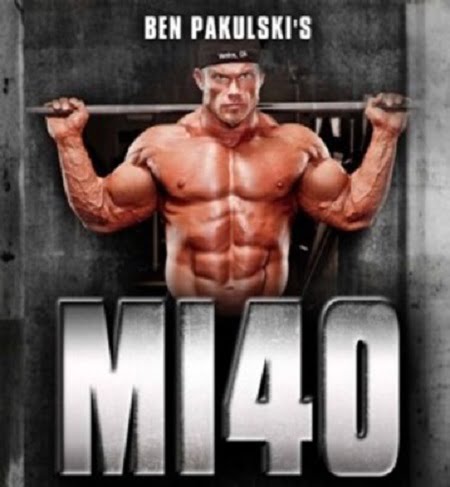
Caliathletics – Stretching
SIZE: 2,9 GB
GENERAL RULES FOR A STRETCHING PROGRAM BY USING DIFFERENT METHODS
As a first rule, it is very important to find the proper equilibrium among strength, mobility and stability.
Mobility is a conditional property that follows the rule of specificity, this means that it has to be trained accordingly to which is the activity we are going to practice and, of course, to which are the goals we wanna achieve.
This means that, if for instance I’m a cyclist, I won’t need to train the splits to their maximum.
In Calisthenics, the considerations we have to keep in mind are strictly connected to which are our daily habits and which is our starting level.
If I’m a sedentary, I’ll set up my goals in terms of mobility, in order to activate my body after a whole day sitting and also to prevent from those diseases that will come later on, due to the same position kept every day for 8 hours a day.
If I’m particularly talented, I will aim to develop the skills to their maximum by focusing on advanced mobility techniques.
A non-trained subject, who has a low level of flexibility/mobility or none, should be firstly introduced to all the main techniques of static passive stretching; only after we can consider going through the ones typical of static active stretching and in the end to the more complex P.N.F. (Proprioceptive Neuromuscular Facilitation) one.
Parallel to the PNF techniques, performed only after mastering the main static passive/active stretching techniques, it is very important to include a possible general enhancement program.
This means that it will be important to focus on medium-low loads typical of an anatomical adaptation phase in order to allow a general muscular conditioning with particular emphasis on tendons and connective tissue bands.
Since the connective tissue reacts with a longer time range compared to muscles, it will be important also to focus on a range of repetitions between 12 and 15.
As you can see, once again this is the proof of fact that, in Calisthenics, conditioning represents a significant part of a solid base in order to progress by reducing injuries or even avoid them with a bit of luck, hence always dedicate the proper time and space to this kind of work in parallel to your workouts.
Whenever you are going to approach a stretching position, no matter which technique you are applying, keep always in mind to reach a slight point of stress in the targeted muscle.
Absolutely avoid unuseful attempts to reach a farther point by bouncing back and forth with your lower back, since it is only a damage for your muscles.
The same can be told for the point of stress you have to reach, the feeling of stress has to be very small and YOU MUST NOT feel any pain.
At the very beginning, it is instead very important to hold the stretching positions for a couple of minutes since the targeted area has to take the habit to that point of stress before proceeding to the next level of stress.
In this way, the initial pain slowly starts to decrease allowing the CNS (Central Nervous System) to adapt and, only after, it will be possible to go on and increase the stretching position.
In consideration of what we just said above and as a general rule that is mostly felt the very first time you approach the PNF techniques, forcing a stretching position would only lead to activate the CNS to put itself in a state of alert.
Since it would receive a warning signal by the too intense stretch we just applied on a determined area of our body, the risk then is that we would engage an unexpected contraction that can lead to pain and eventually to a muscle tear.
Stretching executed in this way leads to DOMS and so to micro muscular lacerations.
For all those of you who don’t know what DOMS are:
D.O.M.S. stands for “Delayed Onset Muscle Soreness” and represents the stiffness/pain that muscles are usually feeling several hours/days after performing an unaccustomed exercise.
After 24/72 hours, muscle fibers targeted by the exercise previously performed are responsible of causing that sense of soreness that creates small-scale damages.
Since the pain is felt mainly when the targeted muscles are stretched, contracted or put under pressure, it is highly recommended to focus on isometric and concentric exercises rather than eccentric ones.
Breathing is another factor that determines the positive or negative result of a good stretching/mobility session.
Whenever you are performing a stretching exercise, it is fundamental to learn how to breathe by using your diaphragm because otherwise, if you involve your mouth there will always be a bit of tension in your muscles leading to an alert signal for the CNS that then would contract rather than relax the targeted muscle (as we said before).
Homepage
https://caliathletics.com/





